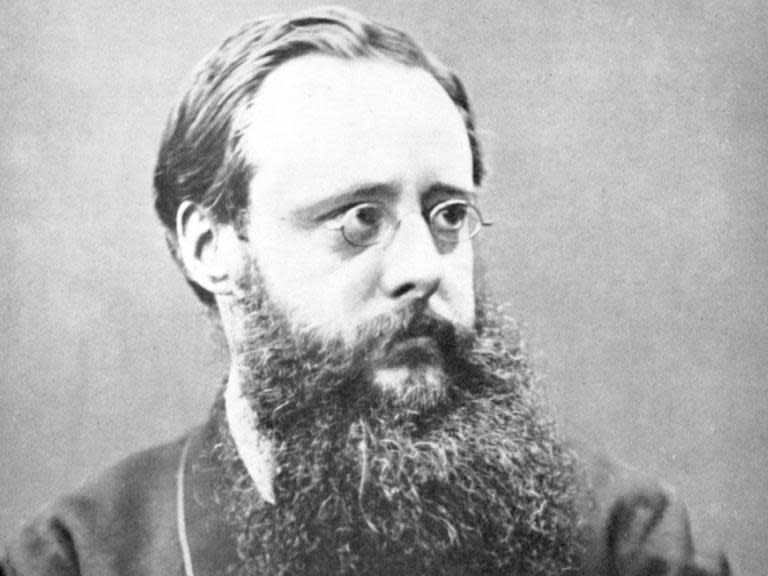The Woman in White: How does the 2018 BBC adaptation differ from Wilkie Collins's beloved mystery novel?
The BBC’s recent adaptation of The Woman in White, now showing in America on PBS, is only the latest interpretation of Wilkie Collins’s classic mystery novel of 1859.
First published in instalments in his friend Charles Dickens’s periodical All The Year Round, The Woman in White was one of the most widely-read “sensation novels” of its day, a huge commercial success that helped establish the modern detective story, paving the path for Sir Arthur Conan Doyle and Sherlock Holmes.
The book is much filmed, both as a miniseries and as a feature film, regularly attracting filmmakers with its suspenseful plot and Gothic atmosphere – it was last tackled by the BBC as recently as 1997.
Where can I watch The Woman in White?
In the US, the five-part series is currently being shown on PBS on Sunday nights at 10pm EST under the channel’s Masterpiece banner.
The Woman in White aired in April in the UK and is unfortunately not currently available on either the BBC iPlayer or Netflix.
Who stars in it?
The new interpretation is led by Ben Hardy, Jessie Buckley and Olivia Vinall as tutor Walter Hartright and his pupils at Limmeridge House, Marian Halcombe and Laura Fairlie.
Dougray Scott, Charles Dance, Art Malik and Joanna Scanlan appear in key supporting roles.
How faithful is the new adaptation to the novel?
Screenwriter Fiona Seres has been largely faithful to Collins – bar some restructuring to accommodate flashbacks – but does move to emphasise the feminist credentials of a novel already overtly critical of the institution of marriage.
“How is it that men crush women time and time again and go unpunished? If men were held accountable, they’d hang every hour of the day, every day of the year,” Marian says in the opening episode.
“Marian Halcombe is this incredibly strong heroine who plays a pivotal role in solving the thriller, and that was easy to translate for television,” Seres told The Radio Times.
“On the other hand, Laura, her sister, is quite a passive character in the novel, with no point of view, so it was great to find and develop her character and story and give her more of a protagonist role.”
Count Fosco, played by Riccardo Scamarcio, has also been extensively revised, the portly Italian buffoon of the novel fleshed out into a far more sinister and smouldering presence.
Perhaps the biggest liberty Seres has taken is in introducing a new character, the scrivener Erasmus Nash (Malik), in place to record the different witness testimonies of the various characters, a neat device to workaround Collins’s device of using multiple narrators.

 Yahoo News
Yahoo News 

